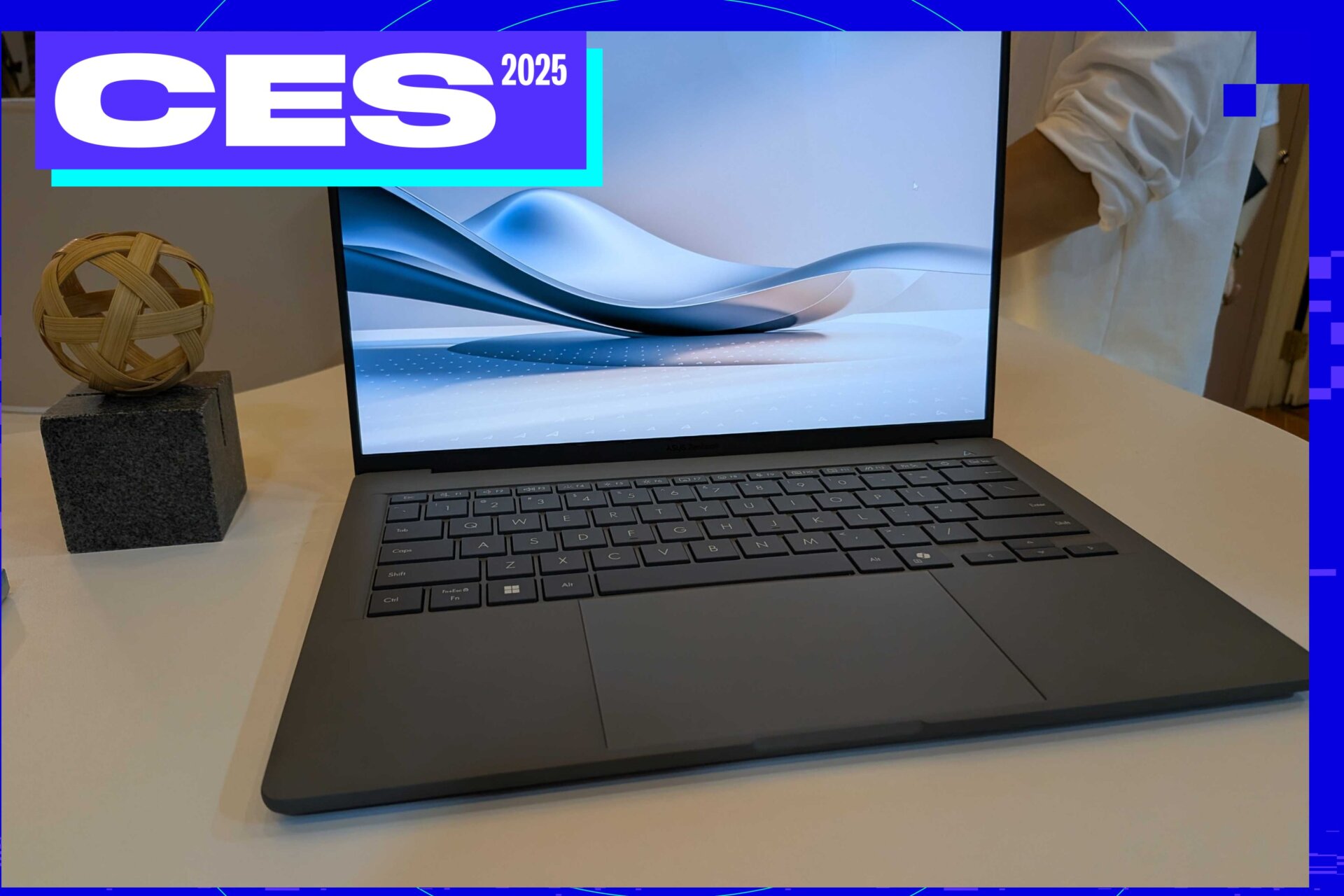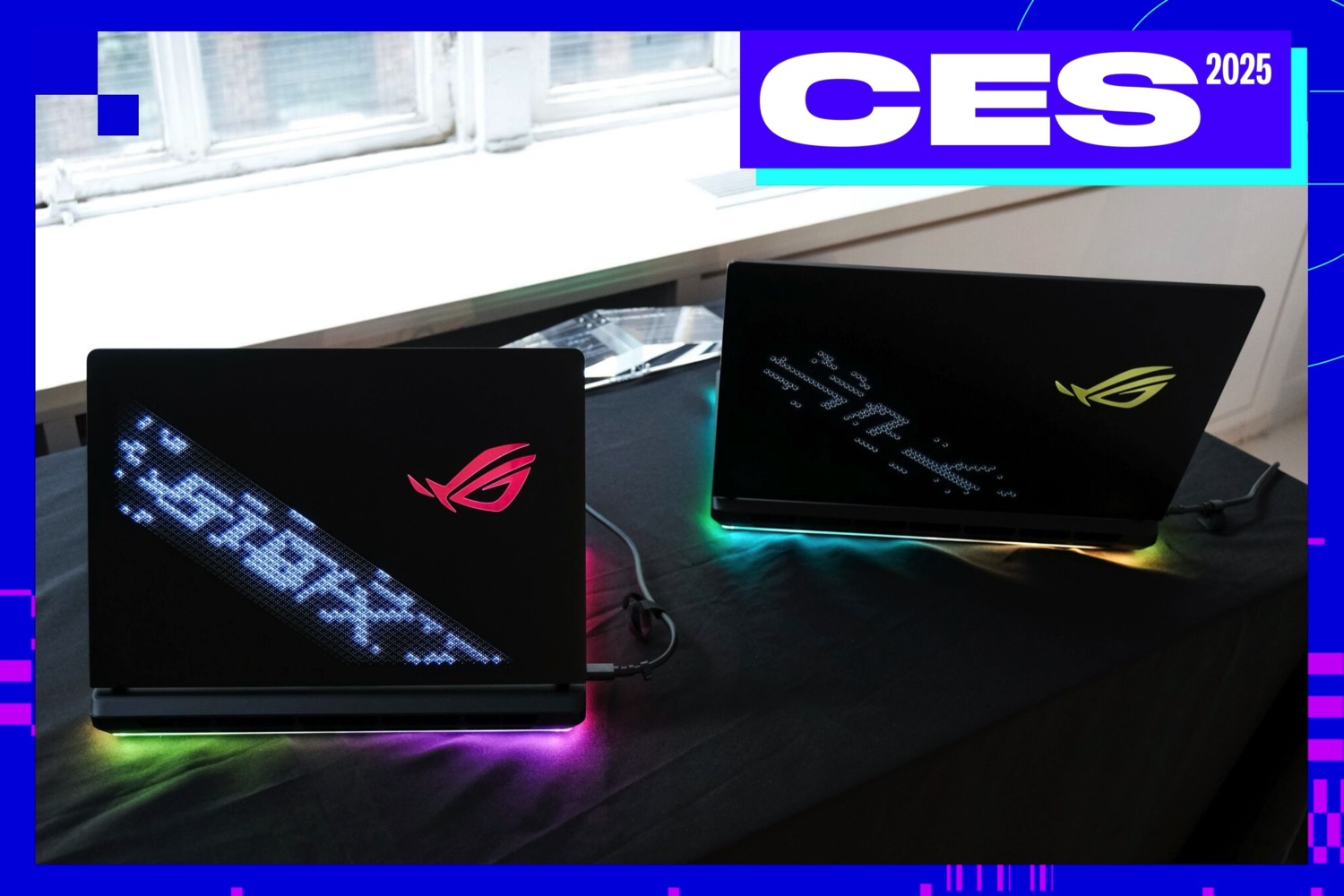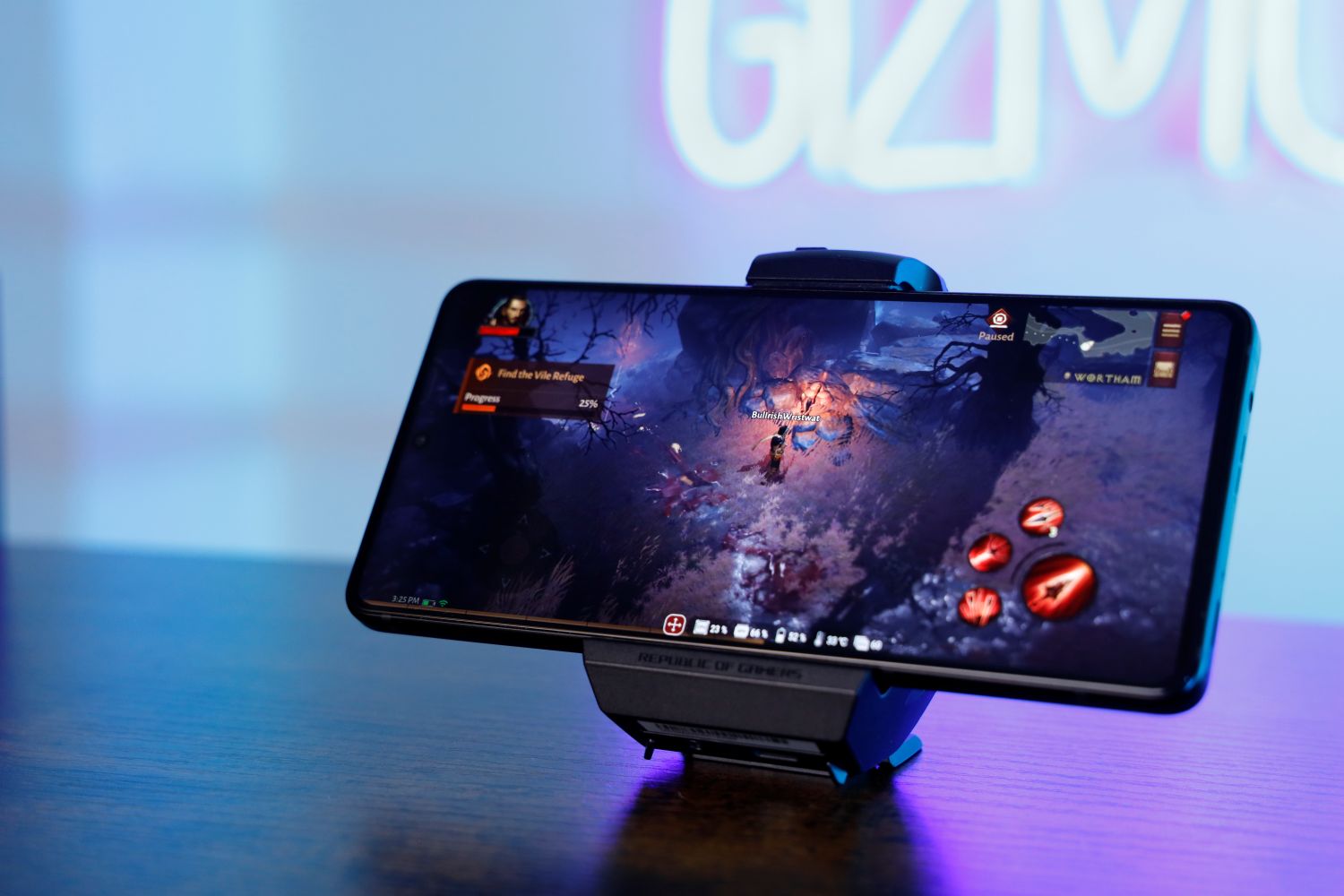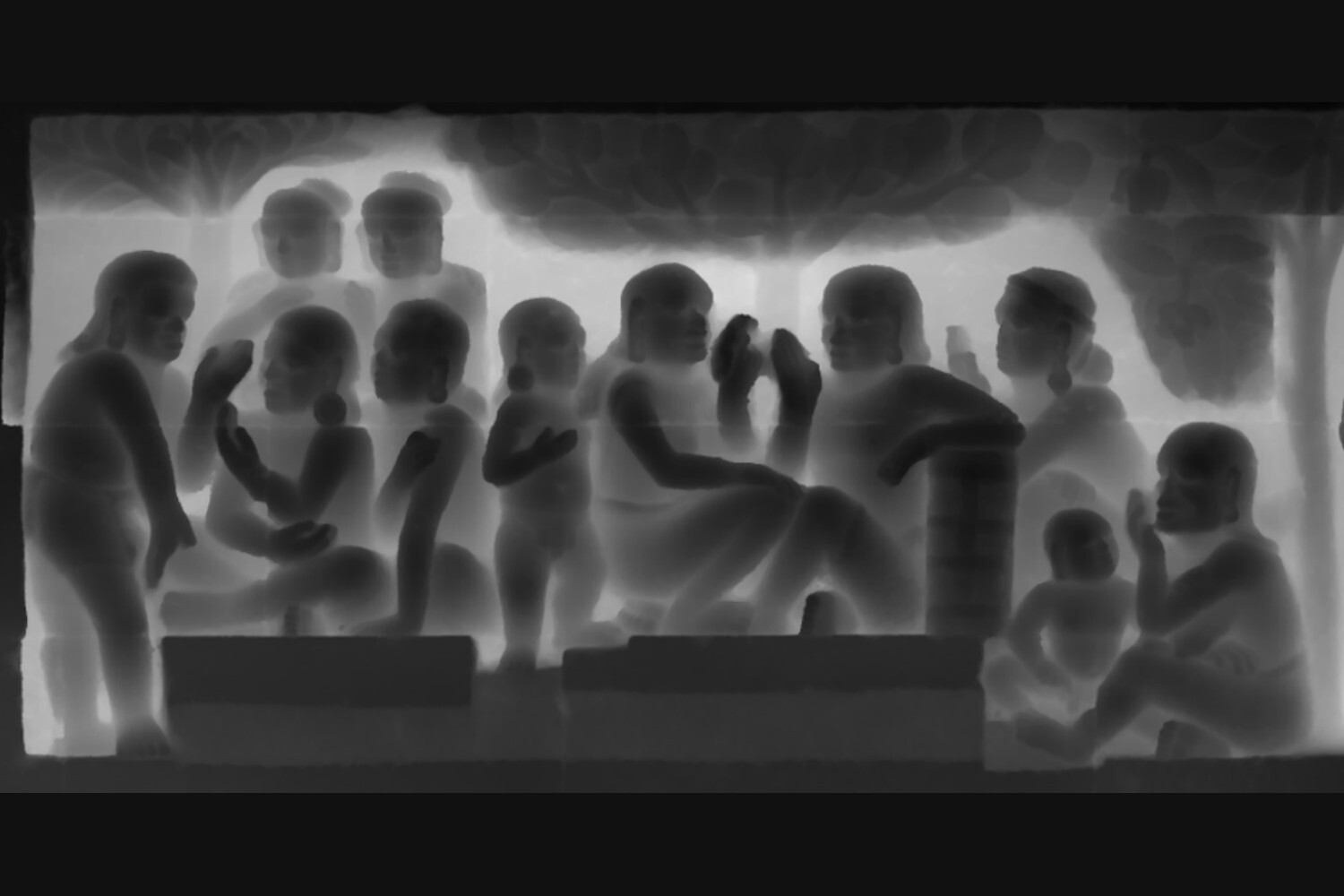Extolling the benefits of high-end monitors is a bit like talking about audiophile equipment: If you know what you’re looking for, you’ll be amazed by the quality you can achieve, but if you don’t, it all sounds like snake oil.
Luckily, BenQ’s SW271C 27-inch 4K monitor offers quality you can see right away. The SW271C is a wide-gamut monitor that is factory tuned for maximum color accuracy. It works as well with high-end video gear from professional vendors like BlackMagic as it does with your Mac Mini.
You pay for the privilege, however. The SW271C retails for $1,600, about three times as much as a very good 4K monitor. This isn’t a monitor for the video- and photo-editing dilettante, but the brightness and color accuracy makes this monitor formidable tool for creators of any skill level.
BenQ SW271C Monitor

-
What is it?
A high-end monitor for creative professionals
-
Price
$1,600
-
Like
Unbeatable quality for photo- and video-editing
-
Don't like
Similar IPS monitors can be found for less; awkwardly placed ports
The monitor itself has two HDMI ports, a DisplayPort, a USB-C port that can actually power the monitor without a power cable, and USB hub support via the blue USB port next to the audio out. There are two USB 3.0 ports on the left side above an oddly-placed SD card slot. The card slots and ports are especially difficult to access, making them fairly unusable if the monitor is in cramped quarters.
The monitor also includes a quick switching “puck” that cycles through AdobeRGB, sRGB, and black and white modes. The puck also has a built-in knob for managing the brightness.
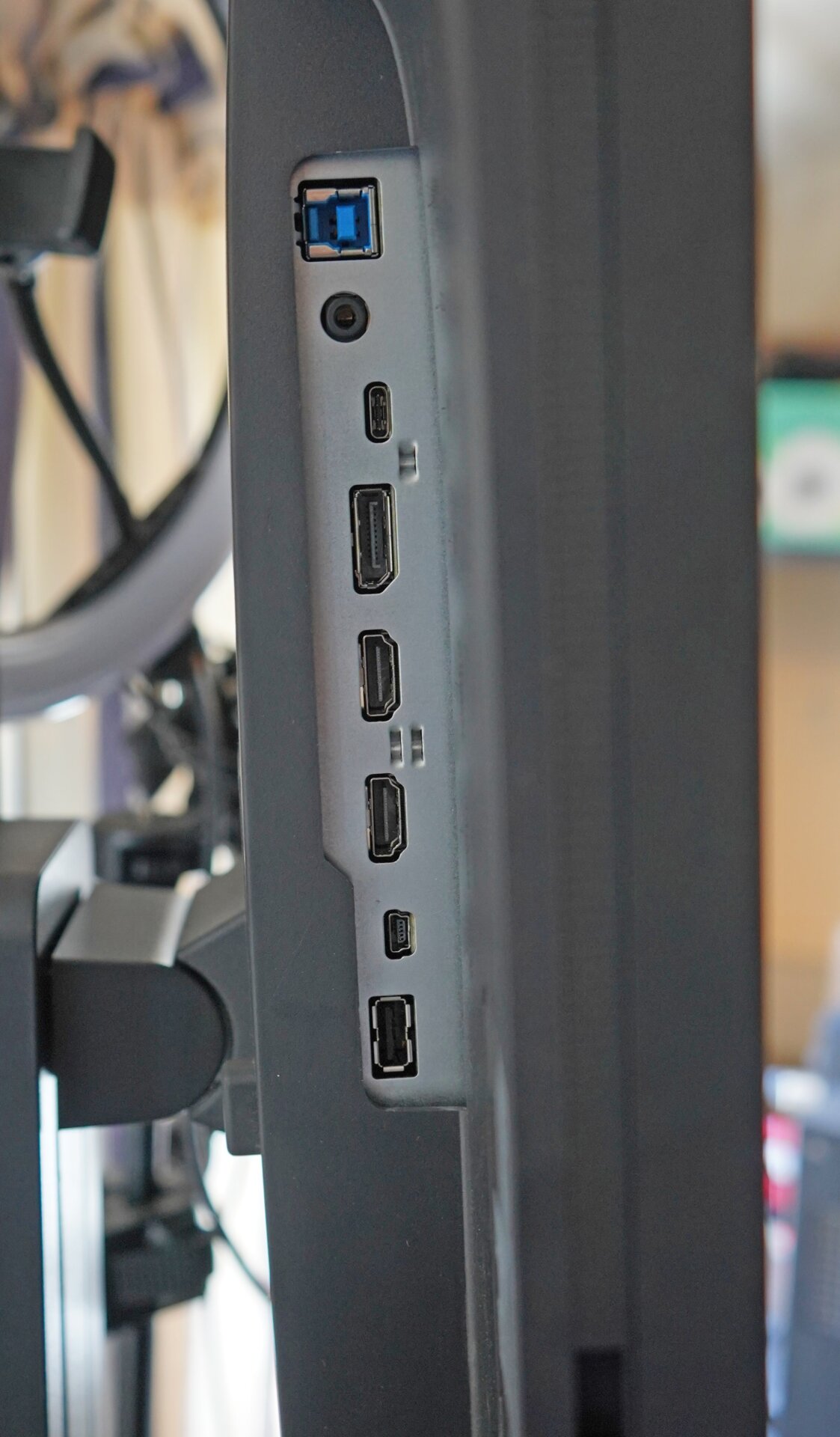
The monitor can work in portrait and landscape mode and has a multi-access stand that allows you to lift and lower the monitor and even tilt it up. Four buttons along the bottom control the various color settings and inputs. Picking the video input is as simple as pressing the first button and selecting HDMI-1, HDMI-2, DisplayPort, or USB-C.
Taking a picture of this monitor is a frustrating experience. A 1000:1 contrast ratio and full In-Plane Switching (IPS) makes this a bright and viewable monitor from multiple angles. To ensure proper lighting, BenQ includes an optional light hood to reduce glare on the already matte and non-reflective screen.
This monitor shines when incorporated into a set or studio environment. It has a 16:9 aspect ratio, which makes it excellent for HD video viewing and editing. It can reproduce 1.07 billion colors and supports HDR with 24/25/30P video formats which means you can connect 4K video editing tools to the monitor and manage some eye-popping visuals. You can use it to capture and look at stills before taking the next batch of photos or color grading in a film environment. Ultimately you’re paying for the ease of use, the color gamut, the brightness, and the unique portrait/landscape system that makes it easy to check out photos and video from any angle.

As a casual video and photo editor, I didn’t need most of the color settings and screen-to-print features associated with this monitor. That doesn’t mean it doesn’t look great. Further, you’ll find yourself mildly disappointed with the refresh rate if you’re looking for something like a gaming monitor in this unit. The monitor excels at everyday work and very specific photo-editing process and, since it’s 4K and not 6K, is not comparable to screens like Apple’s Pro XDR ($4,999). It’s even cheaper than other 4K IPS monitors like the Asus ProART at $2,999. The best part about the SW271C is that its use cases can either be laser-focused on a particular task—photo editing or video grading—or act as a general-purpose monitor on a creative’s desk.
The feature set makes the entire package quite compelling. Portrait mode alone is an excellent use of this monitor’s size and quality, and because it can be powered via USB-C, it becomes something you can station in the studio where power jacks are precious. Further, because it works with most 4K editing hardware, it’s excellent for editing bays and location shoots. Again, you won’t want to attach this to your gaming rig—it’s simply too expensive and fine-tuned for PC gaming—but if you’re looking for something that will let you match screen colors to print or ensure you get maximum resolution and quality out of your video, this is a great choice.

